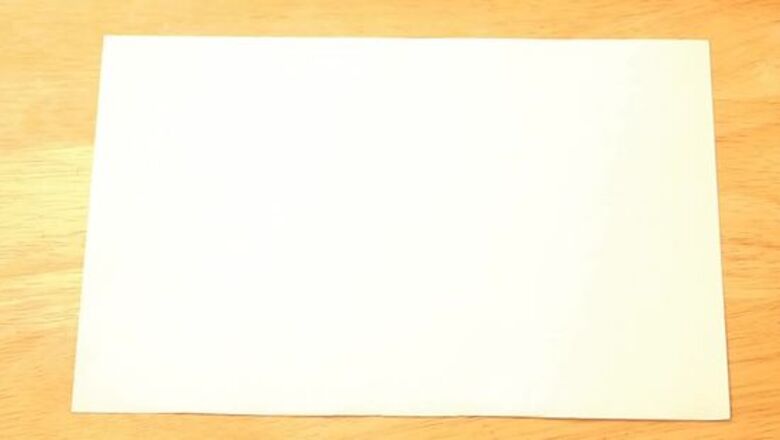
views
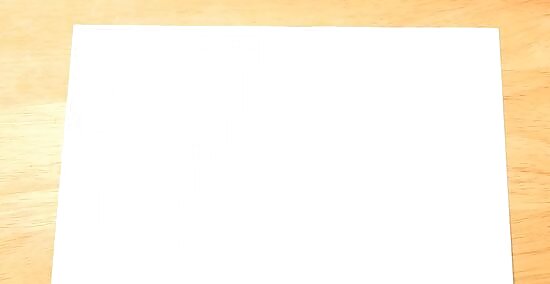
Find an A4 size piece of paper. The piece of paper should correspond to the volume of your tessellation. If you want a larger tessellation, choose larger paper. If you want a smaller tessellation, choose smaller paper.
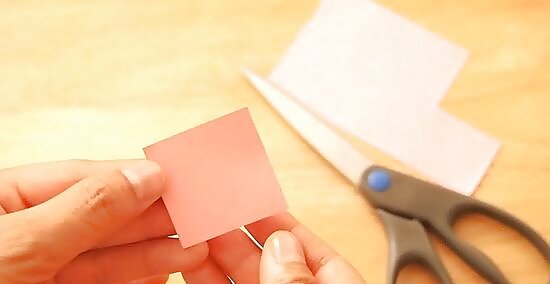
Cut out a small square or parallelogram. This will form the basic shape from which your tessellation will be generated. Any translation tessellation can be constructed starting from a parallelogram-based tessellation. While not strictly necessary, using graph paper or making ruler marks along the edges will help with the next step.

Convert this base tessellation into a more interesting shape. By following these steps, you ensure that your shape will always be able to tile the plane. If you find it easier to work from a rectangular base, but want your tessellation to have slide symmetry, cut off one of the triangular flaps and append it to the opposite side. In the computer-generated image shown, the angle of the parallelogram was needed to determine the extent of the glide; if doing this by hand, you could start from this tessellation directly. Cut one side of the square and tape it to the opposite side. Do not flip it over or make any other movements other than sliding the paper to the opposite side. Use the ruler markings to ensure the cut portion is attached to the corresponding part of the opposite edge. In the image, a triangular region was moved to the opposite side. Repeat this cutting and pasting as desired. Moving one more triangular region creates the tessellation shown in the next step.
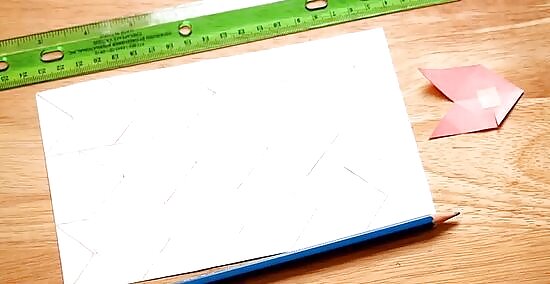
Trace it on the 3" x 6" (7.5cm x 15cm) paper until it is full. Fill in the blank spaces with a color of your choosing.

Go over the lines with a black permanent marker. Then make a design in the black permanent marker.
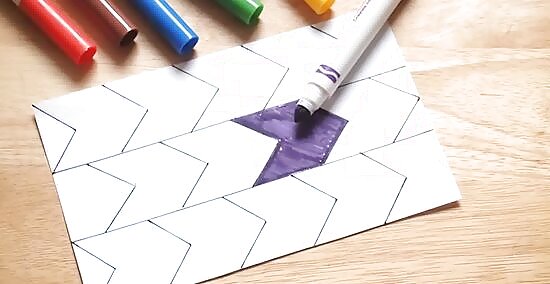
Color it in anyway you like. Use contrast to create three dimensional effects or use free coloring the small or large paper with any favorite color.
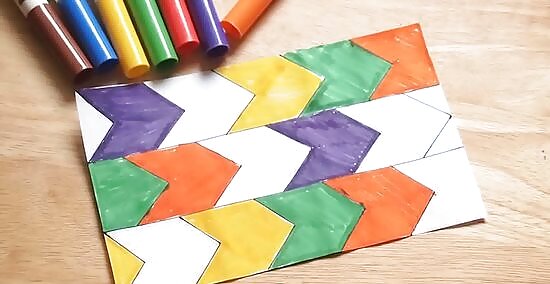
Ink it all over. Scrape off any extra ink.
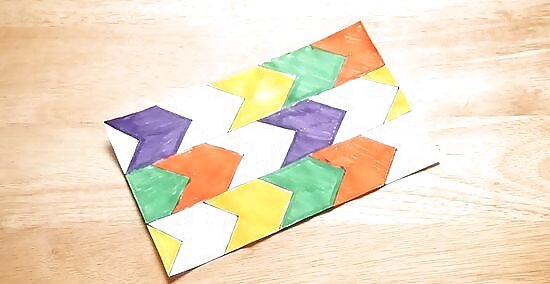
Let dry. Do not let the extra ink dry or it won't come off.




















Comments
0 comment